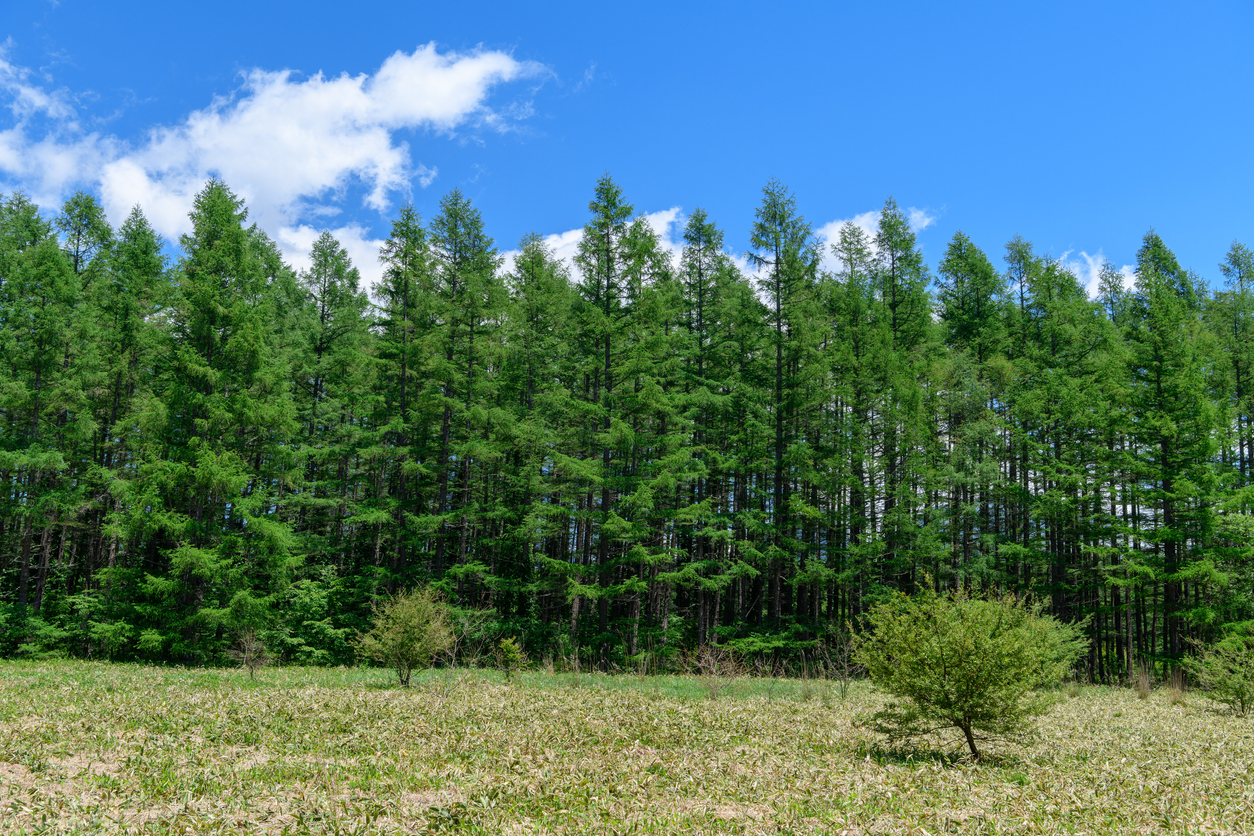2022/06/08
Departure from Dependence on Russia and the Carbon Emission are Big Opportunities for Forestry Revitalization: Strategic Approaches by the Forest Industry Are Expected

(The original article in Japanese was posted on May 27, 2022)
Russia's military invasion of Ukraine is having a serious impact on lumber supplies. Russia has banned the export of veneer and some other forest products to unfriendly countries, namely those countries that have imposed economic sanctions on Russia. On the other hand, international certification bodies for timber trading have designated timber from Russia and Belarus as "conflict timber" and suspended certification of conflict timber. The so-called "Wood shock" phenomena has occurred recently, caused by the U.S. economic recovery and the resulting container shortages, and it was anticipated that the market would gradually return to normal as the Federal Reserve Bank (FRB) raised interest rates. However, the optimistic perspective was shattered by Russia all at once. The situation is getting worse as wood, lumber, and related prices are going higher than ever due to the concerns about a prolonged supply shortage.
Russia is a major forestry country, accounting for 20% of the world's forest area. Highly durable larch veneer and red pine rafter are conventionally used for housing in Japan. Anyway, imports of veneer were completely halted, and new orders for rafters which were not included in the target items of the export ban, have been suspended due to fears for inviting consumers’ negative impression, etc. The global forest industry is starting to search for alternatives to Russian woods. In addition, the depreciation of the Japanese yen will do worse to the situation. According to the Bank of Japan's preliminary report for April 2022 on the domestic corporate goods price index, prices for lumber and wood products increased by 56.4% from a year earlier, remaining at a high level following a 58.9% increase y/y in March.
In the midst of the lumber supply turmoil, a 44-meter-high, 11-story, fully wooden high-rise building was completed in Yokohama. Obviously, the building constructed by Obayashi Corporation has no safety concerns including earthquake resistance. On top of that, the emphasized advantage of wooden construction is its contribution to the environment. CO2 emissions of wooden construction are reported to be reduced to one-fourth of those of reinforced concrete construction. According to the International Energy Agency (IEA), the industrial sector that involves building material manufacturers and constructors is responsible for 10% of global CO2 emissions. Decarbonation is the urgent issue for the industry. In fact, the title of the law enacted in October 2021 to promote the use of wood is "The Act for Promotion of Use of Wood in Public Buildings etc." Now, the trend of the times facilitates the revitalization of the forest industry.
Shortage in lumber supply will continue inevitably and the housing construction industry will continuously go through difficult stages. Nevertheless, the current changes in the supply networks and the related demand structure, which align with the departure from dependence on Russia and the carbon emission are considered to be big opportunities for Japan that has forests covering approx. 2/3 of the national land area. Although the forest industry has consistently weakened its international competitiveness since the end of World War II, the self-sufficiency rate for lumber is showing a recovery trend, which was less than 20% in the early 2000s and increased to 32.2% in 2015 and 41.8% in 2020 (Based on the data from Forestry Agency).
Last year, the author of this serial column wrote in a previous article*, saying, “Forests are the core resources that compose the circular economy, and redefining the forestry from this perspective should open up the future of the industry as a sustainable one.” Reappraisal of the multifaceted benefits of forests will surely bring new added value to the forest industry, and its future potential is eagerly anticipated.
*Imported Timber Price Soars – Trends of Shifting Back to Domestic Timber is the Opportunity to Revitalize Japanese Forestry (This Week’s Focus, July 9, 2021)
This Week’s Focus, May 27
Takashi Mizukoshi, the President